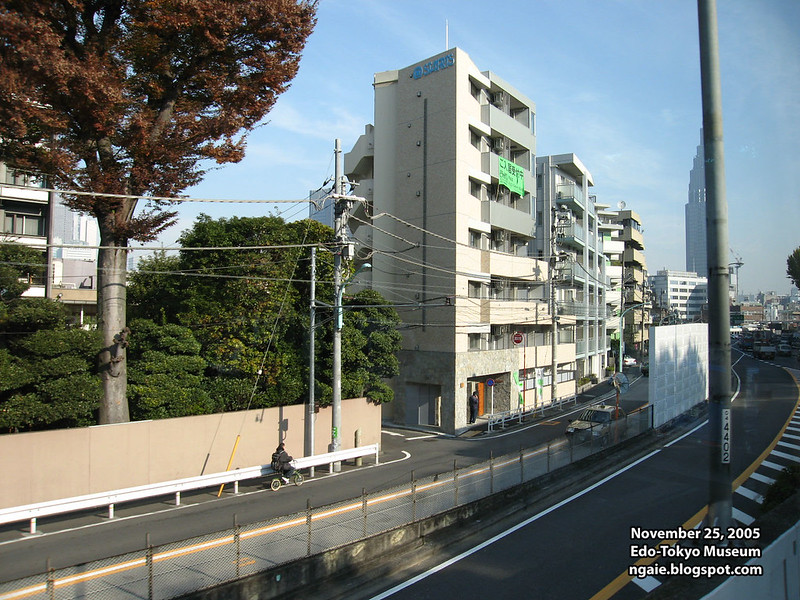Today was a really interesting class. Our teacher talked about the Japanese employment system and how it works, Basically today, students start job hunting in their 3rd year of university and aren’t expected to have any experience. He said that Japan when compared to other countries may be the easiest place to find an entry level job when graduating from college. He said that before it was even easier, that companies come recruiting students for jobs and now it is a little harder because students have to visit companies. Also he said in the past and still now for some companies, graduating from a prestigious university such as University of Tokyo or Keio University and being an average student is better than being a hard working and good student from lesser schools when finding a job. This is because companies still think that if you pass the high school exam and get into a good university, this student will have better potential in the future to be a loyal and good worker while the student who did not get into the good school has lesser potential in the future. Also here, university is seen as a time of relaxing and socializing compared to the hard times of high school.
Also for humanities and social science graduates, he said it doesn’t matter what degree you get because when you get hired they will train you and keep rotating you around the company so that you get a better feel of the workings of the company. For example, once you have learned the accounting department, you may be rotated to the finance department where you would have to learn all new things again. Before and still now, this way of training employees creates a “company man”, like a “Sony man” or “Toyota man”, someone who has no specialties but knows the company which hired and train them very well. The downside of this is if they get laid off at middle age, they have not much skills to market themselves because they only know that one company and know it very well. Also in Japan, when people talk about what they’re job is, they usually don’t say their position first, but rather say which company they work for first.
Another interesting point that was mentioned in class was promotions. In a typical Japanese company, one may get their first promotion 7 years after first getting hired in the company. Also when you get hired by the company, no matter what your degree is, you may be sent to the company’s shops to work in the front lines there. For example if you were hired by McDonalds and have a business degree, you might spend a couple of months working at the actual “restaurant” with the other part time and contract employees before you get rotated to a desk job. This is because companies in Japan like their employees to get a feel of how the entire company operates. My teacher said during the months starting from April, it isn’t unusual to see maybe people with Masters degrees working at McDonalds.
For students in the hard sciences and engineering, the process of getting hired is a little different. In Japan, many laboratories and departments have close ties to industry, so once you graduate, your professors may recommend you to jobs, so in other words, it seems that you don’t really have to look for work, because the companies can just recruit you easily from connections with the teaching staff.






